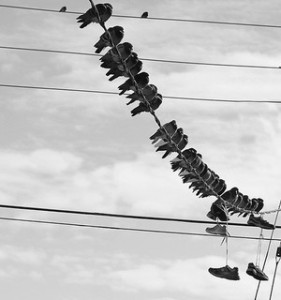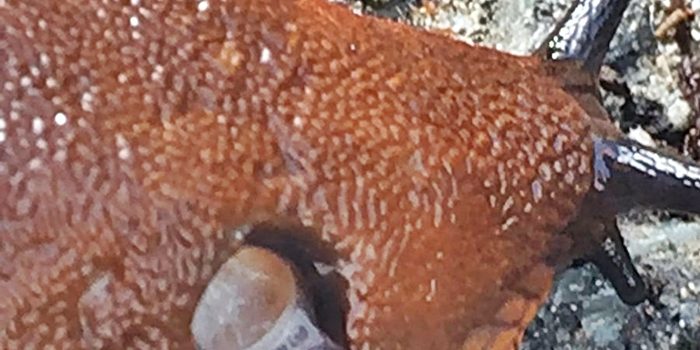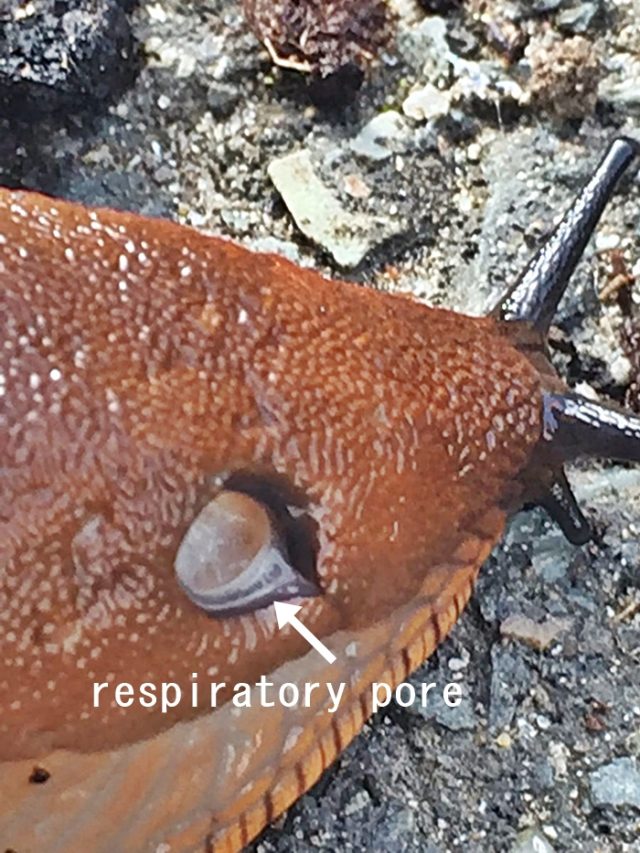I love it when I get questions on the blog, that’s what it is all about! Today some junior scientists (who can sometimes be found here) wanted to know….
| photo credit: philografy via photopin cc |
A very good question, do you know the answer?
Well first up, some electrical wires are insulated so that even if we touched them we would be safe (but I am not suggesting that you try that!) Other wires rely on air as their insulation so they pose the most risk to anyone touching off them.
For electricity to flow tiny particles called electrons need to move! When we use a battery in a toy it has a plus side and a minus side and electrons travel from the minus to the plus creating a flow of electricity. These electrons need something to move through… we call the thing they move through a conductor. A good conductor is something that allows electrons to flow easily through it; electrons cannot pass so easily through a bad conductor.
Electrical wires are often made of copper which is a very good conductor. The electrons are very happy because they can move easily through it. A bird’s body is not such a good conductor so the electrons would rather stay flowing through the copper wires than flow through the bird. So the birds remain quite safe.
Here is a good way to think of it…. which would you find easier to swim through… nice clear water or thick oozy mud? If you want to move quickly the water is a lot easier to move through, isn’t it? Just like the electrons moving through the good conductor.
So while the bird is sitting on a wire high up in the air the electrons choose to keep on their path through the copper wires and not pass through the birds at all. But what needs to change for the birds to get an electric shock? We already spoke about the fact that electrons like to pass through good conductors rather than bad conductors but electrons also like to go from places of high voltage to places of lower voltage. Voltage is really just electrical pressure, so electrons like to move from a place where the electrical pressure is high to a place where it is low.
While the bird stands on the one wire there is very little difference in voltage BUT if it was to touch off a second wire of a different voltage then it will find itself in trouble. The electrons will flow from the wire of the highest voltage to the wire of the lowest voltage, passing through the bird. This means the poor bird will get a very big electric shock. Also there is no voltage on the ground so if the bird was touching the ground while touching the wire them the electrons would flow from the wire (high voltage), through the bird and into the ground (no voltage). Not a good situation for the bird at all.
In theory, if we were to hang off an electrical wire in mid air, we too would be unaffected, just like the bird. However, if we are standing on the ground when we touch a wire the electricity will pass through us to reach the ground and we will get an electric shock. NOT A GOOD IDEA!
I hope you liked this explanation, if you have any questions or comments please leave them in the comments below… I always love to hear from you! And remember… if you or someone in your family has a question they would like answered here on the blog please do let me know!


















